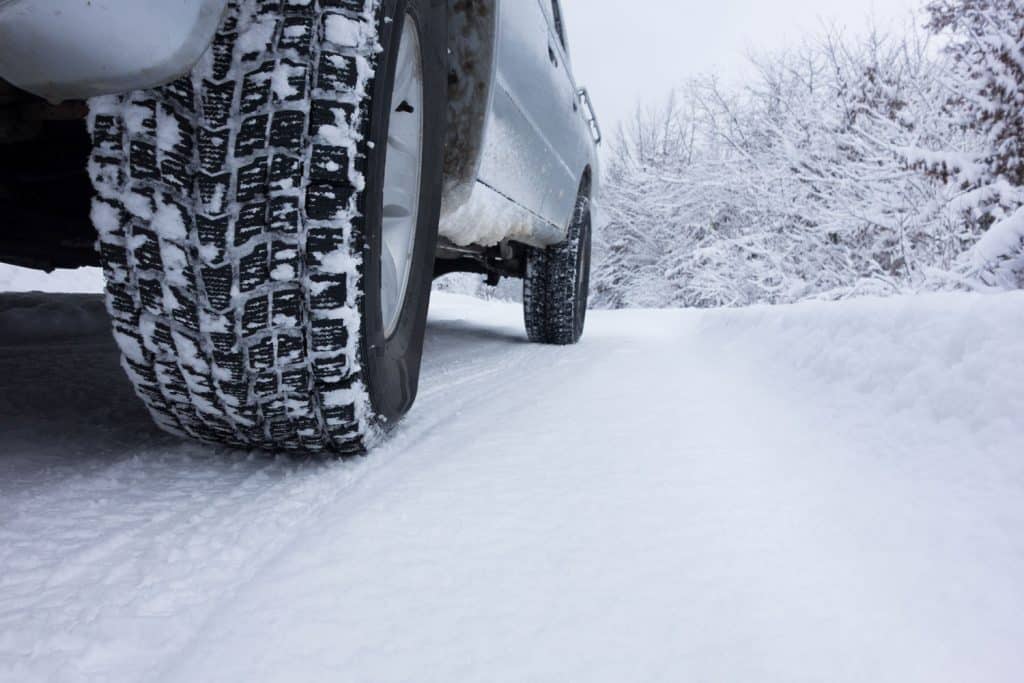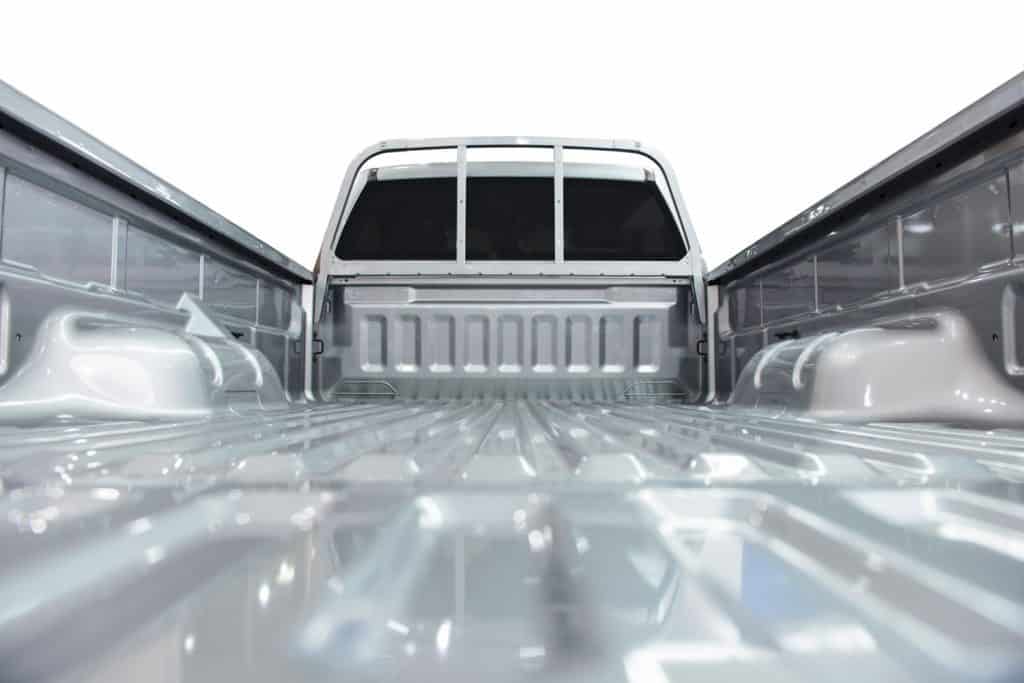Whether or not 2WD trucks can be driven in the snow is a controversial topic to say the least. Some pickup truck owners swear by the 4WD system when it comes to driving in the snow. Those in the opposite camp are strong proponents of 2WD trucks for snow driving, claiming that these vehicles can indeed be driven in such conditions. But which side is correct? Can you drive a 2WD truck in the snow? For your convenience, we brought you the answer.
2WD trucks can certainly be driven in the snow. 2WD trucks are undeniably less suitable for snow than 4WD trucks, but with the right precautions and driving skills, a 2WD truck can be driven in the snow with relative ease.
If you still have some lingering questions about driving a 2WD truck in the snow, don't worry. In this guide, we'll discuss the topic at length. We'll also give you some pointers on how you can maximize the traction of a 2WD truck in the snow. Without further ado, let's get into it.

How Do You Get More Traction In A 2WD Truck?
As mentioned, 2Wd drive trucks are inherently less efficient when it comes to driving in snow. However, there are a few things you can do to get more traction when driving in adverse conditions.
Put Weight In The Bed
One of the best ways to get more traction with a 2WD truck in the snow is to put a significant amount of weight in the bed (preferably several hundred pounds). Think of it this way—traction is essentially a function of grip and leverage. Thus, the greater the amount of weight pushing the back of the truck downward, the less likely the rear end is to slip and lose traction.
Maintain Your Tires
Another simple way to maximize traction with a 2WD truck is to maintain the condition of your tires. In particular, ensure that your tires are rotated and balanced regularly and that they are properly inflated. Simple tire maintenance will go a long way toward maintaining traction in slick conditions.
Get Winter Tires

Another way to get more traction in a 2WD truck is by replacing the truck's existing tires with a set of winter tires should the road conditions warrant doing so (more on that later). Winter tires are specifically designed to give your vehicle more traction in snowy and/or icy conditions.
It's worth noting that it isn't enough to merely replace two of your truck's tires with winter tires. If you opt for winter tires, you should get an entire set to maximize traction.
Get A Truck With Traction Control
Modern automotive technology has given rise to sophisticated traction control systems that significantly improve traction in poor road conditions. In short, these traction control systems largely bridge the gap between 2WD trucks and those equipped with 4WD.
Ensure That Your Braking System Is In Good Working Order

The braking system is an important consideration when it comes to traction. A well-maintained braking system (to include brake fluid, rotors, and pads) will significantly improve traction. Conversely, a poorly-maintained braking system might lock up and contribute to skidding in snowy conditions.
Accelerate Slowly
Another simple way to get more traction with a 2WD truck in the snow is to accelerate slowly. When done in conjunction with the other steps mentioned, slow acceleration will give your tires time to get a good grip on the road.
Where Should You Put Weight In A Truck For Winter?

As mentioned, the best place for weight is in the truck bed. More specifically, the optimal position of the weight is over the rear axle.
Read more: Are Pickup Trucks Good In Snow?
Since the rear wheels are generally the wheels that receive power from the drivetrain, they are the weak link when it comes to slipping and losing traction in slippery conditions. Putting a fair amount of weight over the rear wheels will make it more difficult for them to slip, thus providing maximum traction and stability in snowy conditions.
Shurtrax All Weather Traction Aid
This product by Shurtrax is an excellent way to improve traction in your 2WD truck. Simply place it in the truck bed, fill it with water, and enjoy superior handling in harsh road conditions.
Click here to see this product on Amazon.
How Much Do Winter Tires Cost?
A set of quality winter tires certainly isn't cheap. You can expect to pay approximately $100 to $200 for a good set of winter tires plus an installation fee. However, it's worth noting that it's worth the higher price tag to get a set of winter tires that will keep you and your family safe in harsh winter road conditions.
How Long Do Winter Tires Last?
The average person drives approximately 10,000 to 15,000 miles per year. Winter tires are generally used for four to five months. Under these conditions, one can expect to get about four to six seasons of use out of a set of winter tires. However, the life expectancy of a set of winter tires might be shorter or longer depending on the severity of the winter road conditions.
At this point, you might be thinking that a life expectancy of only four winters sounds like a relatively short usable life for tires, and it certainly does.
The reality, however, is that the lifespan of winter tires (in terms of mileage) is inherently shorter than that of conventional tires. The reason for this is that winter tires become ineffective at a much higher tread level than conventional tires. In other words, conventional tires are still considered viable until they are very close to being bald, whereas winter tires must have a significant amount of tread to be considered effective.
This highlights the importance of limiting the use of a set of winter tires strictly to the harsh winter season. Using winter tires on road conditions that don't warrant them (namely on hot roads) will drastically shorten their lifespan.
Can You Use All-Season Tires In The Winter?
You certainly can use all-season tires in the winter. If you live in an area that only sees relatively moderate winter conditions, all-season tires will generally suffice. And if the winter road conditions you'll be driving in aren't severe, it's simply not worth purchasing a new set of tires that won't actually be needed.
If you live in an area that gets prolonged severe snowy and icy conditions, however, winter tires are the more advantageous option. Unlike all-season tires that are primarily geared toward spring, summer, and fall use, winter tires are specifically engineered to tackle the tough road conditions unique to winter.
In Closing
We hope this guide has given you a better idea of the capabilities of 2WD trucks in the snow. And if you implement the tips we discussed, you can significantly improve the traction of your 2WD truck. Before you go, be sure to take a look at these other guides that might be of interest to you:

